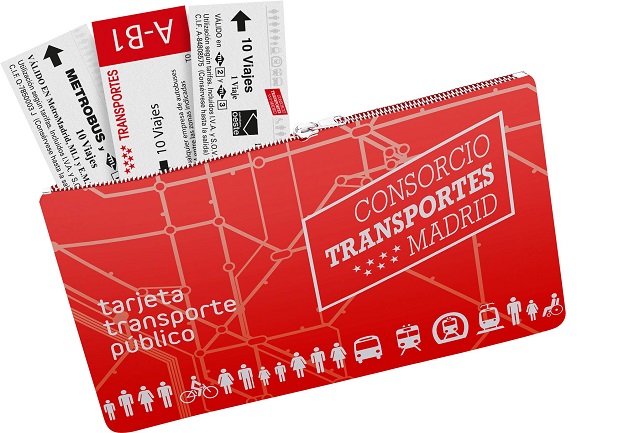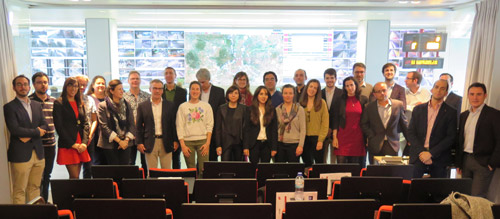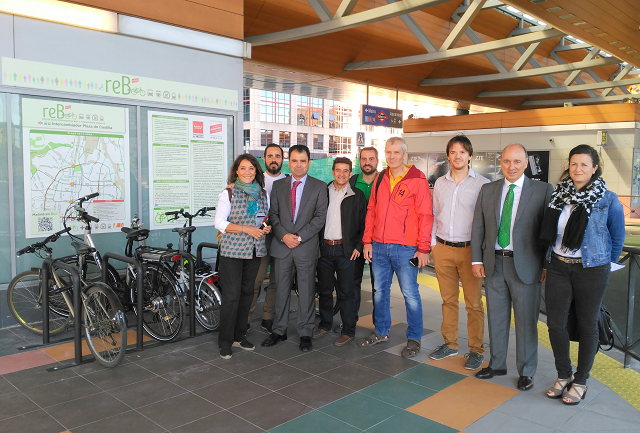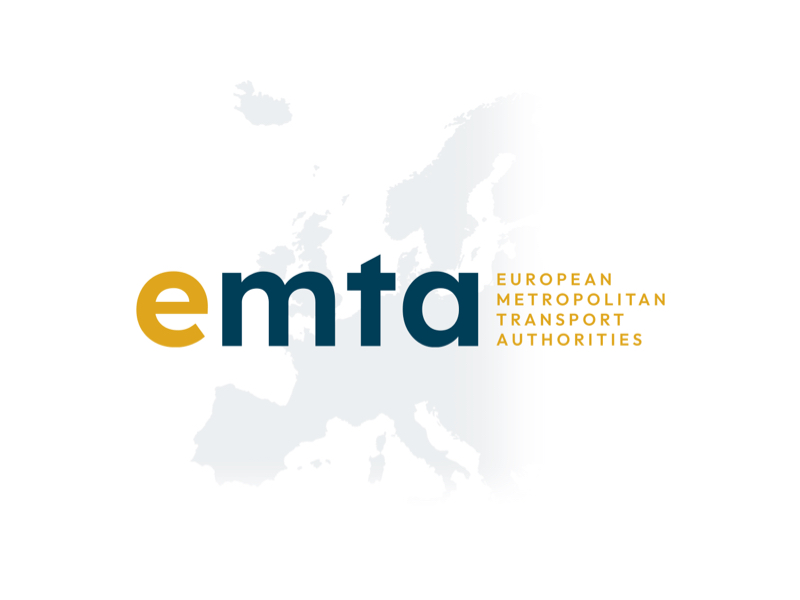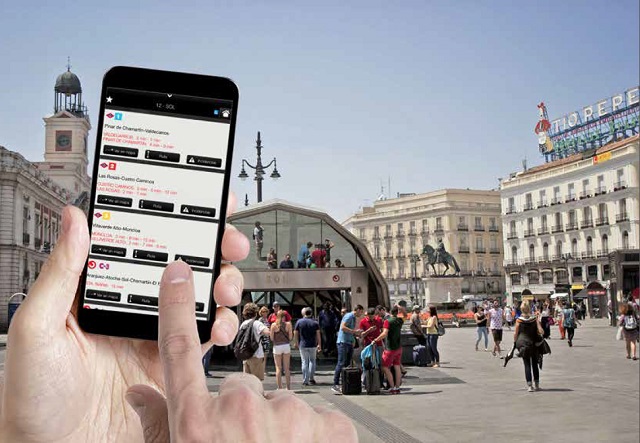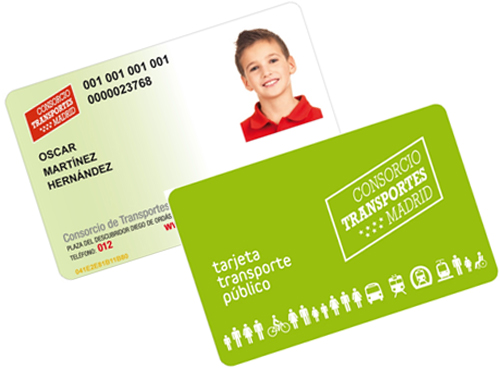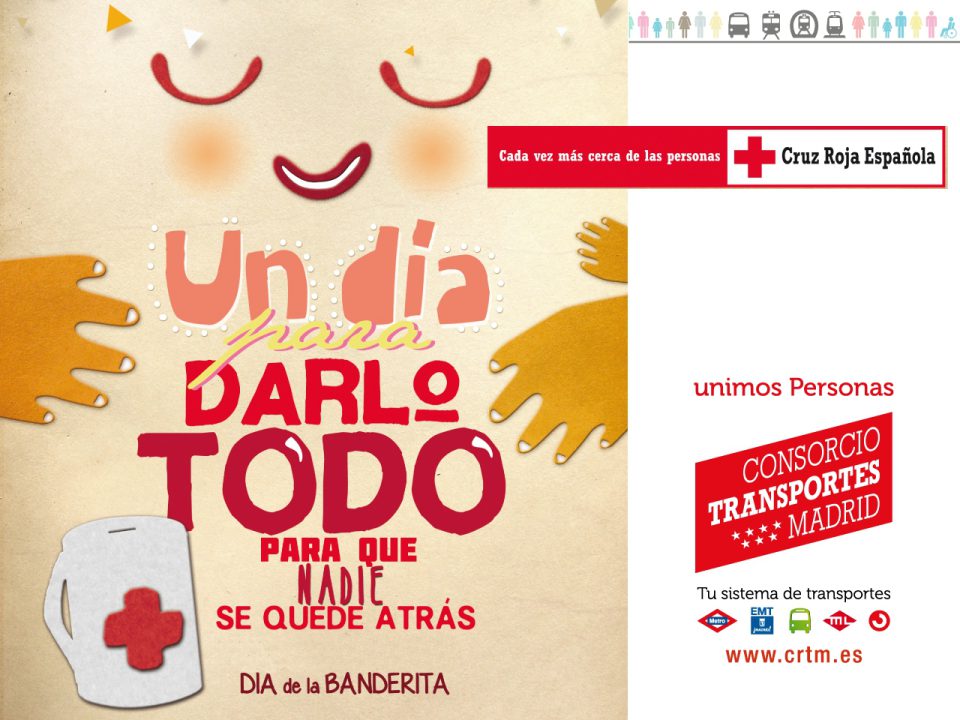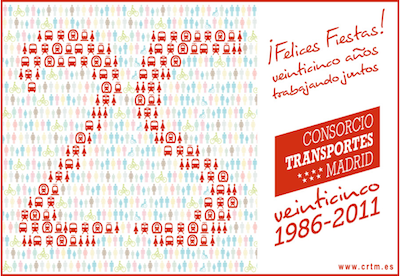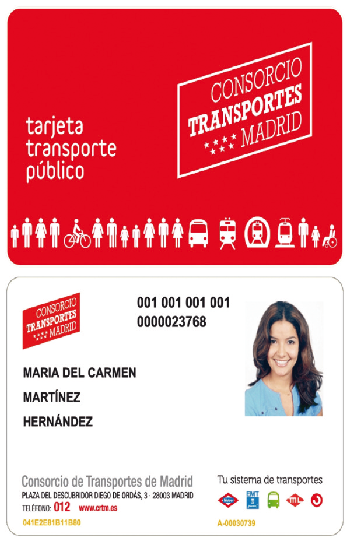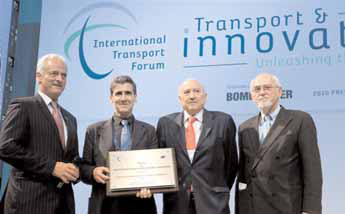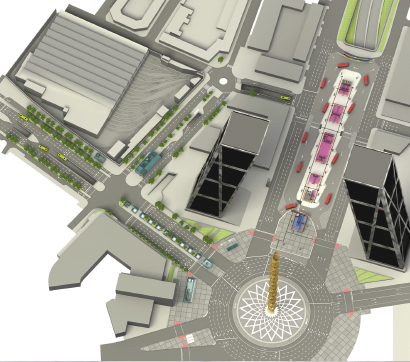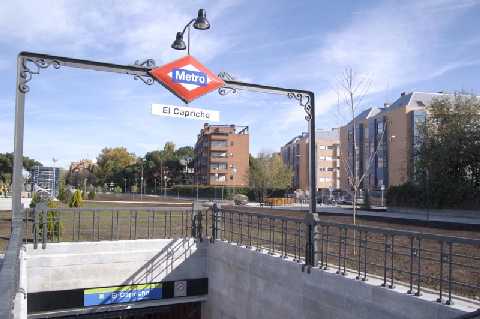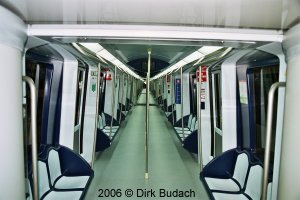Madrid
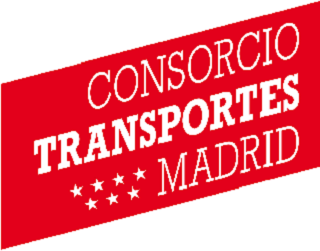
Consorcio Regional de Transportes de Madrid
Plaza Descrubidor Diego de Ordás, 3
E- 28003 Madrid
Spain
Are you a registered member of EMTA? Log-in to access contact details.
Basic information
Name of the public transport authority: Ruter
Other public transport trademarks: RET, HTM
Geographical area: Comunidad de Madrid is one of the 17 regions in Spain, and it is formed by 179 municipalities, where the city of Madrid is the biggest.
Inhabitants in the PTA area: 7.0 million
Responsibilities
Ticketing:
CRTM is responsible for the fare system and its management. That means we establish the type of tickets, the fares, the different discounts for special groups, etc. CRTM collects all revenues (from the fares and from the different level of governments) to pay public transport operators.
CRTM is also responsible for the ticketing system, providing the different type of cards that contain the tickets and the sales offices network, but also the operators can sell CRTM tickets directly.
Ticket inspection is in hands of operators mainly, but CRTM also has a small group of inspectors that control different aspects of the operation.
Procurement: CRTM has public tenders for regional buses and some intermodal infrastructures, and public operators such as the urban bus network in Madrid city and Metro de Madrid.
Rolling stock and depot ownership: CRTM does not have own any rolling stock or depots – these are the operator’s responsibility.
Public transport planning: One of the functions of CRTM is planning the public transport infrastructure and plan the public transport services. CRTM sets the level of service, frequencies, timetables, etc. (strategic and tactical planning), and the operators make decisions at the operational level (number of drivers, shifts, vehicles, etc.).
Development of mobility policy / Transport system planning: Even though it is not explicitly within the functions of CRTM, CRTM sets the regional public transport policy and has delivered the Regional Mobility Strategic Plan. However, CRTM does not have competences on urban planning or roads, nor SUMPs, which are in hands of the city councils.
Marketing of public transport: CRTM is responsible for the promotion of public transport, but also the operators can do it. CRTM does not have dedicated staff for marketing, thus the operators (especially the big ones like the Metro or the urban bus operator) do the job for us.
Passenger information: CRTM gathers all information coming from the operators and delivers it among the users and the rest of stakeholders. However, also the operators can offer such information within their networks, and they have created their own apps. CRTM does not yet have a proper app for passenger information, but as of the spring 2024, the app will be introduced in a few months.
Organisational model
Metropolitan/regional department
CRTM is an autonomous organism depending on the Madrid Regional Government, where all 179 municipalities are integrated. That means the municipal competence of public transport has been delegated to CRTM, which is the public transport authority (at a regional and local level) in the city of Madrid and the surrounding region. In CRTM’s Board all stakeholders are represented: national, regional and local governments (with different shares), operators, users, trade unions, etc. Madrid Region has 7 seats, the city of Madrid 3 seats, rest of the municipalities 3 seats, national government 2 seats, private operators 2 seats, trade unions 2 seats and the consumer’s association 1 seat (up to 20 seats in total).
Transport service contracting
Procured by the PTA: urban buses, regional buses within the PTA, some regional buses stretching outside of the PTA, metro, trams, light rail
Not procured by the PTA, but most/all services accept PTA tickets: commuter trains
Not procured by the PTA, most/all services do not accept PTA tickets: some regional buses stretching outside of the PTA, regional trains
Current developments
The most challenging project is the launch of the tender for the regional buses (new concession period) expected to start in 2025. This means that the 30 contracts that CRTM actually has will be procured in a different format (less contracts/concessions) and new operators will be able to participate. This network consists of 2100 buses, and the decarbonisation of the fleet is also a challenge.
CRTM is also working on the digital transformation of the public transport, developing apps for the passenger information, and testing the relocation of the Public Transport Card in a mobile device. It will be also possible to enter the network (and paying as-you-go) with a bank card.
Regarding infrastructure, the metro line 11 will be extended 25 kilometres, connecting different lines and terminating at the airport. Smaller extensions will take place in metro lines 5 and 3. Also 4 new interchanges will be built to connect regional and local mobility. There are also several BRT projects that are under study in the regional area.
Also the “Madrid Nuevo Norte” regeneration plan is being deployed around the second largest train station in the city (Chamartin), and will deliver a completely new urban area where new infrastructure for the metro and buses will be implemented.
